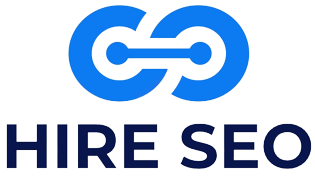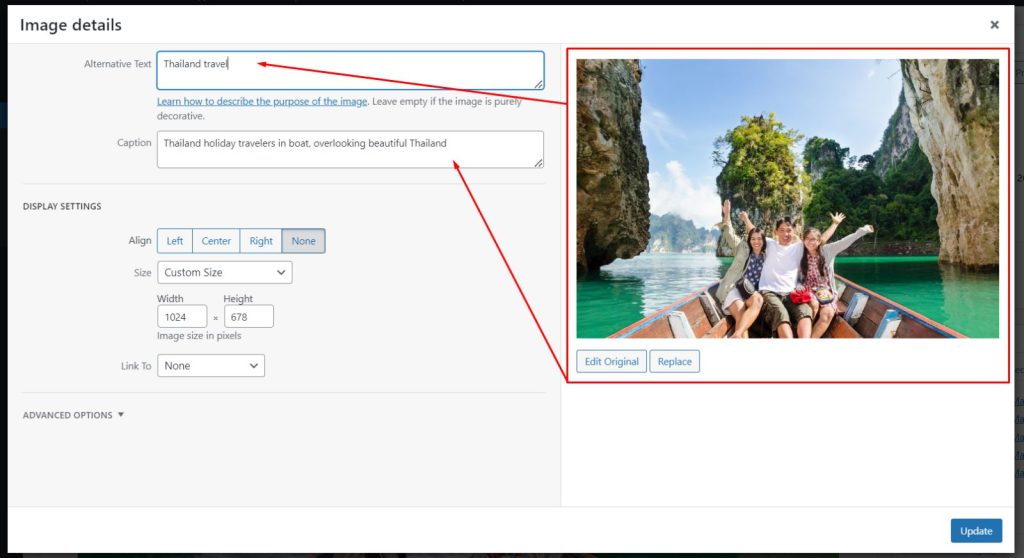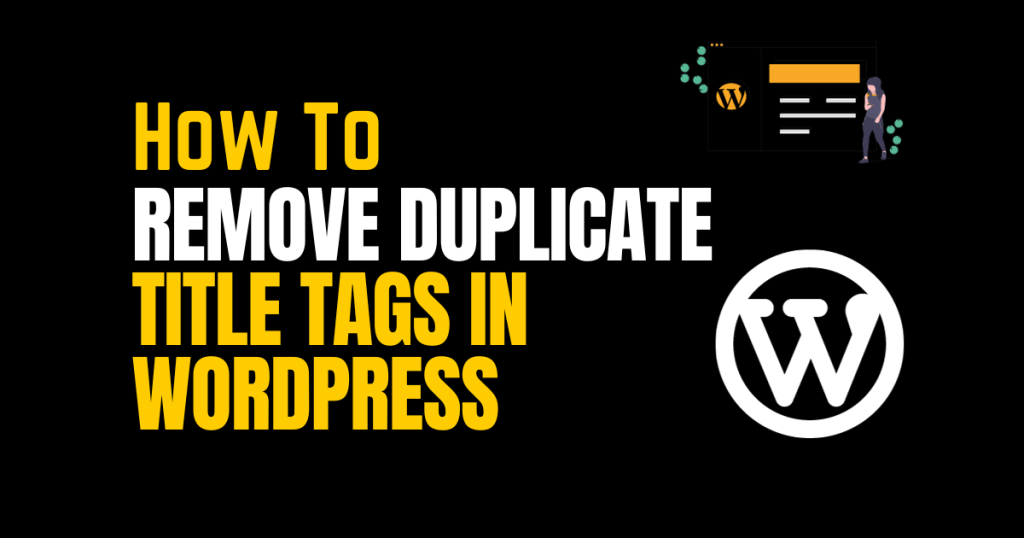H1, H2, and H3 head tags are super crucial to SEO and content writing.
When creating website content, H1, H2, and H3 head tags are crucial elements that should not be left out. These tags not only help with organizing and structuring content, but they also play a significant role in SEO. This article will discuss the importance of H1, H2, and H3 head tags and how they can improve your content writing.
Importance of H1 Head Tags
H1 head tags are considered the most crucial heading tag in content writing. They serve as the main headline of the page, and search engines use them to determine the page’s topic. Here are some of the reasons why H1 head tags are so important:
Significance in SEO
Search engines give significant weight to H1 head tags regarding ranking content. A clear and concise H1 tag with your target keyword can significantly improve your search engine rankings. However, it is essential to remember not to stuff keywords into your H1 tags, as this can harm your rankings.
Tips on Creating Effective H1 Head Tags
To create an effective H1 head tag, it is vital to keep it short and to the point. Use your target keyword in the tag and ensure it accurately reflects the content on the page. Additionally, make sure it is easy to read and understand, as this will improve the user experience.
Benefits of H2 Head Tags
H2 head tags are the second most crucial heading tag used to divide the content on the page into sections. Here are some of the benefits of using H2 head tags:
Organizing Content
Using H2 head tags helps to organize your content and make it easier for readers to navigate. It also makes it easier for search engines to understand the structure of your content, which can improve your rankings.
Enhancing Readability
Using H2 head tags also enhances the readability of your content. Breaking up your content into sections makes it easier for readers to skim through and find the information they are looking for.
The usefulness of H3 Head Tags
H3 head tags are used to create subtopics within the H2 sections. Here are some of the benefits of using H3 head tags:
Creating Subtopics
Using H3 head tags allows you to create subtopics within your content, making it easier for readers to find specific information. This can also help with SEO, as search engines can use these subtopics to understand the structure of your content.
Enhancing User Experience
H3 head tags also enhance the user experience by making your content easier to read and navigate. By breaking up your content into smaller sections, readers are likelier to stay on the page and read the entire article.
Conclusion
In conclusion, H1, H2, and H3 head tags are essential content writing and SEO elements. By using them effectively, you can improve your content’s structure and organization while improving your search engine rankings. Remember to keep your H1 tags short and to the point, use your target keyword, and ensure that they accurately reflect the content on the page. Use H2 tags to divide your content into sections and H3 tags to create subtopics within those sections. Doing so can enhance the user experience, improve readability, and boost your SEO rankings.
If you are new to content writing or SEO, it may take some time to use H1, H2, and H3 tags effectively. However, by practicing and implementing the tips discussed in this article, you can improve the structure and organization of your content, making it more engaging and easier to read.
In conclusion, H1, H2, and H3 head tags are crucial content writing and SEO elements. They can significantly impact the readability of your content and improve your search engine rankings. Therefore, paying close attention to your heading tags and using them effectively in your content is important. By doing so, you can create content that is engaging and ranks well in search engines.
FAQs
What is the difference between H1, H2, and H3 tags?
H1 tags are the most critical heading tag and serve as the page’s main headline, while H2 tags are used to divide content into sections. H3 tags are used to create subtopics within those sections.
How many H1 tags should a page have?
We recommend having only one H1 tag per page, as it is the page’s primary headline.
Can H1 tags affect SEO?
Yes, H1 tags can significantly impact SEO rankings, as search engines use them to determine the page’s topic.
How should H1 tags be structured?
H1 tags should be short and to the point, using your target keyword and accurately reflecting the content on the page.
Why are H2 and H3 tags important?
H2 and H3 tags are essential for organizing content, enhancing readability, and creating subtopics within your content. They also improve the user experience and can improve your search engine rankings.
At bottom please put If you’re looking to improve your website’s SEO and overall business marketing strategy, we’re here to help. At hireseo.net, we offer a free site evaluation and consultation for both onsite and offsite SEO to help improve your search engine rankings and drive more traffic to your site. Contact us today to learn more about how we can help you reach your digital marketing goals.



